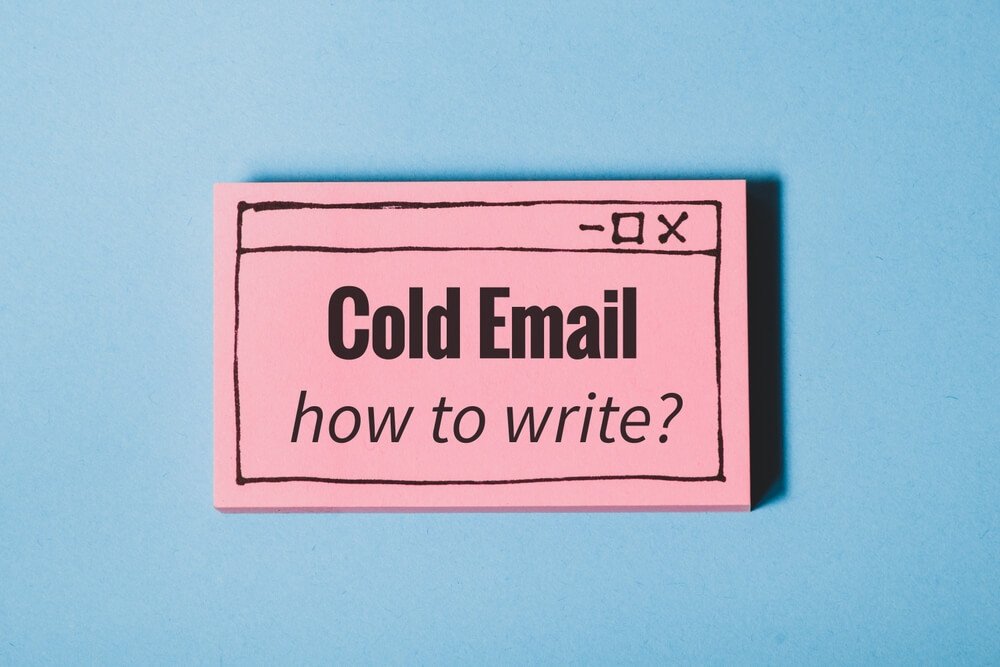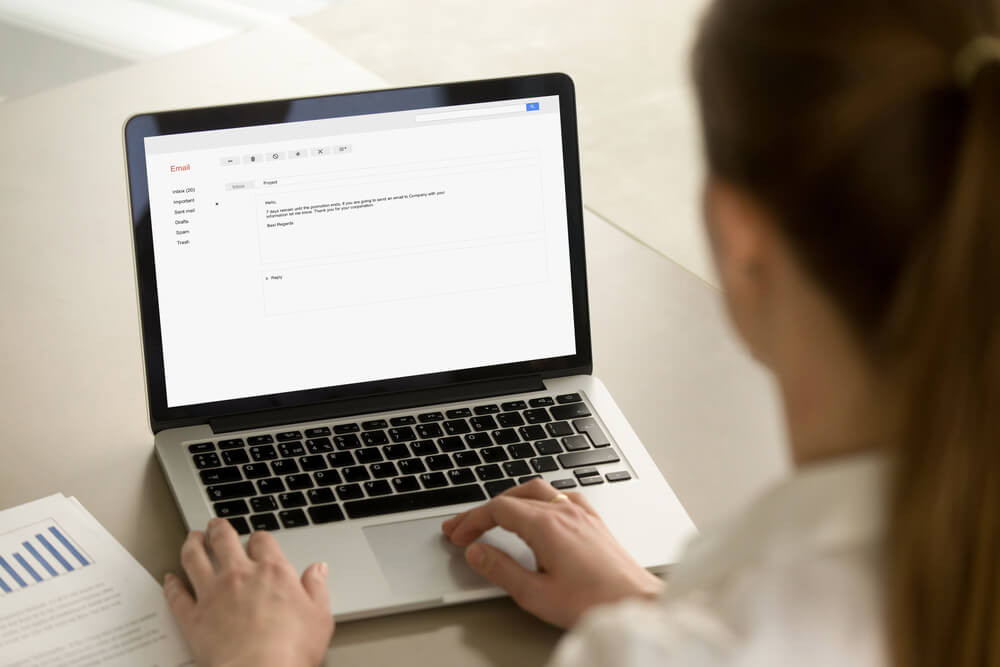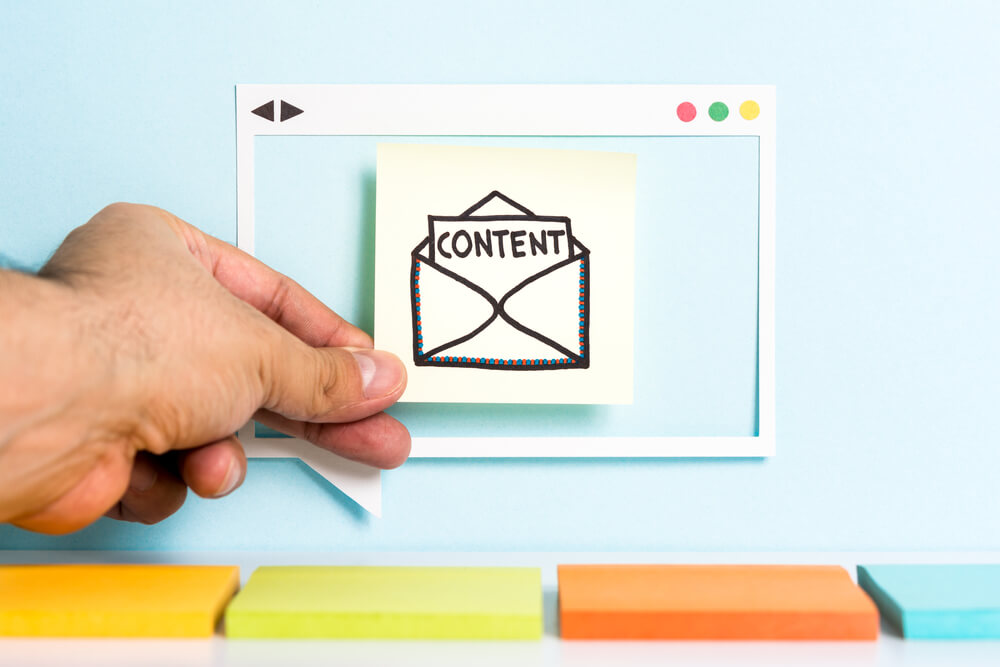
5 Tips for Making Great B2B Cold Email Marketing Templates
B2B (business-to-business) cold email marketing sends unsolicited content to potential clients to initiate business relationships, generate leads, and promote products or services. How do you minimize rejection and network with many people with limited resources? The answer is email templates.
Here are five great tips for creating efficient cold templates from a leading B2B email marketing agency:
- Tailor messages to target industries.
- Go beyond basic personalization.
- Craft compelling subject lines and preheaders.
- Focus on providing value.
- Test and iterate for improvement.
Read on to learn more about these tips. Let’s go!
Tired of investing in Search Engine Optimization without getting any results? See how Digital Authority Partners turns that around!
1. Tailor Messages to Target Industries
Tailored B2B templates increase engagement and conversion by matching the content with the audience’s needs and preferences. Suppose a software company targets clinics for electronic medical records management. The template follows the best healthcare email marketing tactics, such as highlighting security features to address the industry’s challenges in regulatory compliance.
Consider these points when tailoring your B2B cold email templates:
- Deeply understand the target industry. Know its challenges, trends, and specific needs. Identify the key players, competitors, and any recent developments.
- Divide your target audience into segments based on industry-specific criteria such as size, location, or specific needs. Customize your messages for each segment and address their unique pain points.
- Use the recipient’s name and any other relevant information. Reference specific industry-related challenges or opportunities on the template.
- Showcase how your product or service directly addresses their challenges. Use case studies or success stories for credibility.
- Incorporate industry-specific terminology to demonstrate your understanding and expertise. Align your messaging with the language commonly used in the target industry.
- Attach industry-specific resources that add value to the recipient and position your company as an industry expert.
- Encourage engagement by asking questions about their problems. This tip shows interest and prompts the recipient to consider how your solution benefits them.
Effective B2B marketing campaigns involve building relationships and providing solutions. Tailored templates enhance this process by delivering personalized messaging and content that resonates with the target audience. Curious? B2B marketing consultants can tell you more about a holistic campaign.
2. Go Beyond Basic Personalization

Personalizing your B2B emails means applying sophisticated strategies and enhancing engagement by having content that directly addresses your prospect’s needs.
Here are some tips for implementing in-depth email personalization:
- Implement detailed segmentation based on industry, company size, and other relevant factors. Develop targeted content for each segment.
- Incorporate behavioral triggers based on your prospect’s interactions with previous emails. Use this data to send follow-up emails that align with their demonstrated interests.
- Run dynamic content that adjusts components based on the recipient’s profile or behavior. This includes customizing images, headlines, language, and messaging.
- Leverage artificial intelligence (AI) to analyze data and predict the most relevant content for each prospect. The technology helps optimize send time, subject lines, and content.
- Include personalized images or videos in your emails. For example, embed a video addressing the prospect by name and discussing how your solution can solve their challenges.
- Continuously update and enrich your prospect data. Monitor news and updates about the prospect’s company, changes in leadership, or industry trends.
- Align your email marketing efforts with other channels, such as social media or direct mail. Be consistent with your messaging across platforms.
Personalize every aspect of the B2B email, not only the subject lines. Track the effectiveness of this strategy to continuously improve its results.
3. Craft Compelling Subject Lines and Preheaders
The subject line and preheader are the first elements that recipients see. Making these elements compelling is vital for the success of your email marketing strategies.
Here are some tips for developing persuasive subject lines and preheaders:
- Immediately communicate your value proposition. Provide a strong reason for the recipient to open the email by highlighting your benefits or solutions.
- Use language that creates a sense of urgency or importance. This is especially useful with content about limited-time offers and exclusive opportunities.
- Keep subject lines and preheaders concise. Busy professionals appreciate brevity because they are easier to read and understand.
- Incorporate relevant numbers or statistics to add credibility and make your subject line more compelling.
- Pose a question that piques curiosity and encourages recipients to open the email for the answer. Match the question to their interests or challenges.
- Conduct A/B testing to experiment with different subject lines and preheaders. Test language, length, and style variations to identify what resonates best with your target audience.
- Avoid words and phrases that commonly trigger spam filters, such as “free,” “urgent,” or words with excessive exclamation marks.
- Write for mobile. Mobile optimization is crucial because many professionals check emails on their smartphones. Keep it short and place the most essential information above the fold to make it visible on smaller screens.
Continuously refine your approach based on customer feedback and market data. Do you have increased open, click-through, and conversion rates? Most likely, your B2B subject lines and preheaders are effective.
4. Focus on Providing Value

A professionally written email helps establish trust with your B2B audience. It also positions your company as an industry authority and increases brand recognition.
What makes excellent B2B content is value. Here is how to include it in your cold email marketing template:
- Develop content that educates your audience about industry trends, best practices, or new technologies. Share insights that help them solve problems or improve their processes.
- Provide actionable tips that streamline their operations and help them achieve better results.
- Emphasize the product’s benefits rather than simply listing its features. Explain how it solves their problems and enhances business outcomes.
- Offer downloadable resources, such as ebooks or infographics, that provide in-depth information on relevant industry topics.
- Be consistent in delivering valuable content. Consistency builds trust and reinforces the perception that your emails are helpful.
- Encourage your B2B audience to share their opinions and feedback. It helps you understand their needs better and makes them feel like valued partners.
Providing valuable content in the crowded B2B marketplace helps your brand stand out. Remember these tips when creating your email templates to demonstrate a customer-centric service.
5. Test and Iterate for Improvement
Creating effective B2B emails is a continuous effort. Testing and iterating the process keeps it relevant and adaptable to market changes.
Improve your B2B email templates and strategies with these tips:
- Define the goals of your email campaigns. Having well-defined objectives guides your ongoing testing strategy.
- Test different email content formats such as long-form articles, infographics, or video snippets to identify the most engaging for your audience.
- Run multivariate testing, which compares multiple variations of several email elements simultaneously. This process helps you understand how different combinations affect performance.
- Schedule testing regularly to continually refine the email strategy, whether monthly or quarterly. By doing this, the template can quickly be adapted to market changes.
- Leverage the testing and analytics features of email marketing platforms.
- Implement changes based on data-driven insights.
- Allocate enough resources for testing and iteration.
Testing and iterating provide concrete data on what does and does not work. Implement these strategies to refine your template approach and maximize returns.
Summing Up
The best B2B cold email templates build relationships and drive conversions. These five strategies focus on personalization, relevance, and value proposition to help you achieve these benefits.
To become more competitive and get advanced techniques, work with an award-winning B2B email marketing agency. Contact Digital Authority Partners (DAP) today to schedule a free consultation with an expert.
Want To Meet Our Expert Team?
Book a meeting directly here




